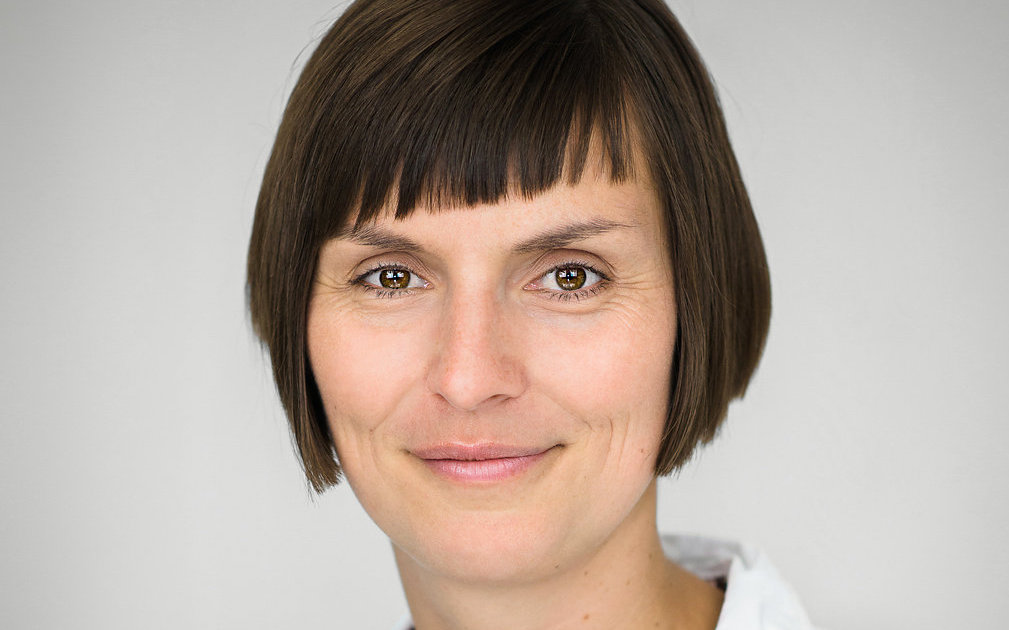The assumption is that the more funding a start-up secures, the better it will do. However, large investments don’t always translate into great success stories. Take the recent example of Jawbone, the fitness firm that received hundreds of millions in funding in 2014, only to close down in 2017 citing ‘years of financial pressure’.
That’s not to say that all seed funding is bad. The right investment secured at the right time, spent on the right things, is crucial to a start-up’s growth. However, it won’t guarantee success and the biggest investor is not necessarily the best choice. Entrepreneurs need to vet their potential investors carefully and make sure the relationship is mutually advantageous.
Here’s why a large sum of funding is not the be all and end all, and how start-ups can make the most of what they have.
Over-saturated markets
Investors are always looking for the next big business idea. Once a specific sector comes into favour, like Ad Tech, investors tend to pump a lot of money into it, and fast. As a result, a lot of competing businesses tend to emerge.
Businesses rush to get their product or service launched first, spend huge amounts of capital on marketing and promotions, yet fail to take off. Their offer is too weak, doesn’t gain any traction and a lot of money is lost. Even if the initial launch goes well, those with large pools of money often become complacent and don’t give their products a regular tweak in line with ever-changing customer needs.
Without huge cash injections in the early stages, start-ups typically focus harder on refining their technology, business model and offer. The successful ones know they don’t have a lot of money to throw around so they spend carefully. Using tools like data analytics and customisation, they investigate their target audiences, review the competition and keep a close eye on what their customers want and need.
Death by overfunding
Jawbone launched as the consumer electronics company set to take on Fitbit in the health tracking device market. It raised over $900 million from renowned venture capital firms including Sequoia and Andreessen Horowitz. At its peak, the company was valued at $3.2 billion. Unfortunately, this valuation was influenced by over-funding and was not necessarily representative of actual revenue.
When it tried to sell itself in 2016, it was unable to find a buyer willing to pay such a price, and ultimately in July 2017, the business folded. The learning here is that while a large investment provides start-ups with a sense of security, they should never lose sight of their business goals and customers. If something isn’t working, no amount of money pumped in will fix it. Successful entrepreneurs know this and when faced with an issue, evaluate it and tweak their products accordingly.
Too much spending
When money isn’t an issue, it’s easy to plough lots of capital into everything without much thought. Lots of funding can make a business lazy and ill-disciplined. The business’ priorities fall by the wayside and its leaders are easily distracted by new devices and markets; before one objective is nailed down, the goal posts move in a new direction.
Start-ups need to be disciplined with their money – and hold fast to their objectives. Success lies in keeping a meticulous record of all money that comes in and out and prioritising business-critical expenditure.
The main aim of many entrepreneurs is to receive significant seed funding and get up and running as soon as possible. However, the first investor that comes knocking on the door is not always the best option. A savvy start-up understands the importance of having a good relationship with its investor – one that benefits them both – and chooses wisely.
Those businesses that keep track of all they spend, stay on top of their objectives and market developments, will have a greater chance of success regardless of how much funding they receive.
Christine Thoma is the head of strategy of ZEAL Investments.






